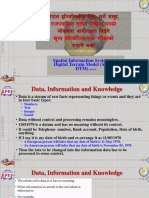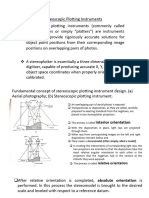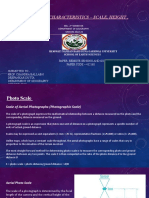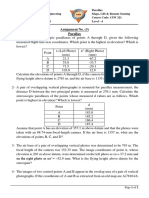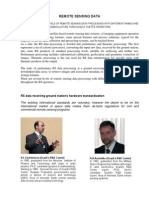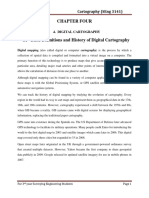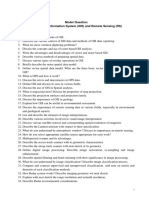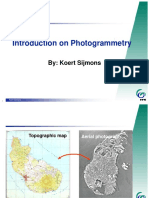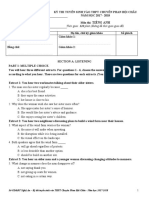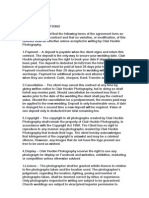0% found this document useful (0 votes)
313 views33 pagesIntroduction to Photogrammetry Basics
Photogrammetry is defined as obtaining reliable information about physical objects through photographic images. It involves recording, measuring, and interpreting photographs. It can be used to determine horizontal distances, elevations, shapes, sizes, and positions of objects on Earth's surface from aerial or terrestrial photographs. Important applications of photogrammetry include mapping, agriculture, forestry, geology, exploration, military intelligence, and medicine. The history of photogrammetry dates back to the 18th century and it has advanced with improvements in cameras, aerial photography, computers, and digital image processing.
Uploaded by
Ainur NasuhaCopyright
© © All Rights Reserved
We take content rights seriously. If you suspect this is your content, claim it here.
Available Formats
Download as PDF, TXT or read online on Scribd
0% found this document useful (0 votes)
313 views33 pagesIntroduction to Photogrammetry Basics
Photogrammetry is defined as obtaining reliable information about physical objects through photographic images. It involves recording, measuring, and interpreting photographs. It can be used to determine horizontal distances, elevations, shapes, sizes, and positions of objects on Earth's surface from aerial or terrestrial photographs. Important applications of photogrammetry include mapping, agriculture, forestry, geology, exploration, military intelligence, and medicine. The history of photogrammetry dates back to the 18th century and it has advanced with improvements in cameras, aerial photography, computers, and digital image processing.
Uploaded by
Ainur NasuhaCopyright
© © All Rights Reserved
We take content rights seriously. If you suspect this is your content, claim it here.
Available Formats
Download as PDF, TXT or read online on Scribd
/ 33







